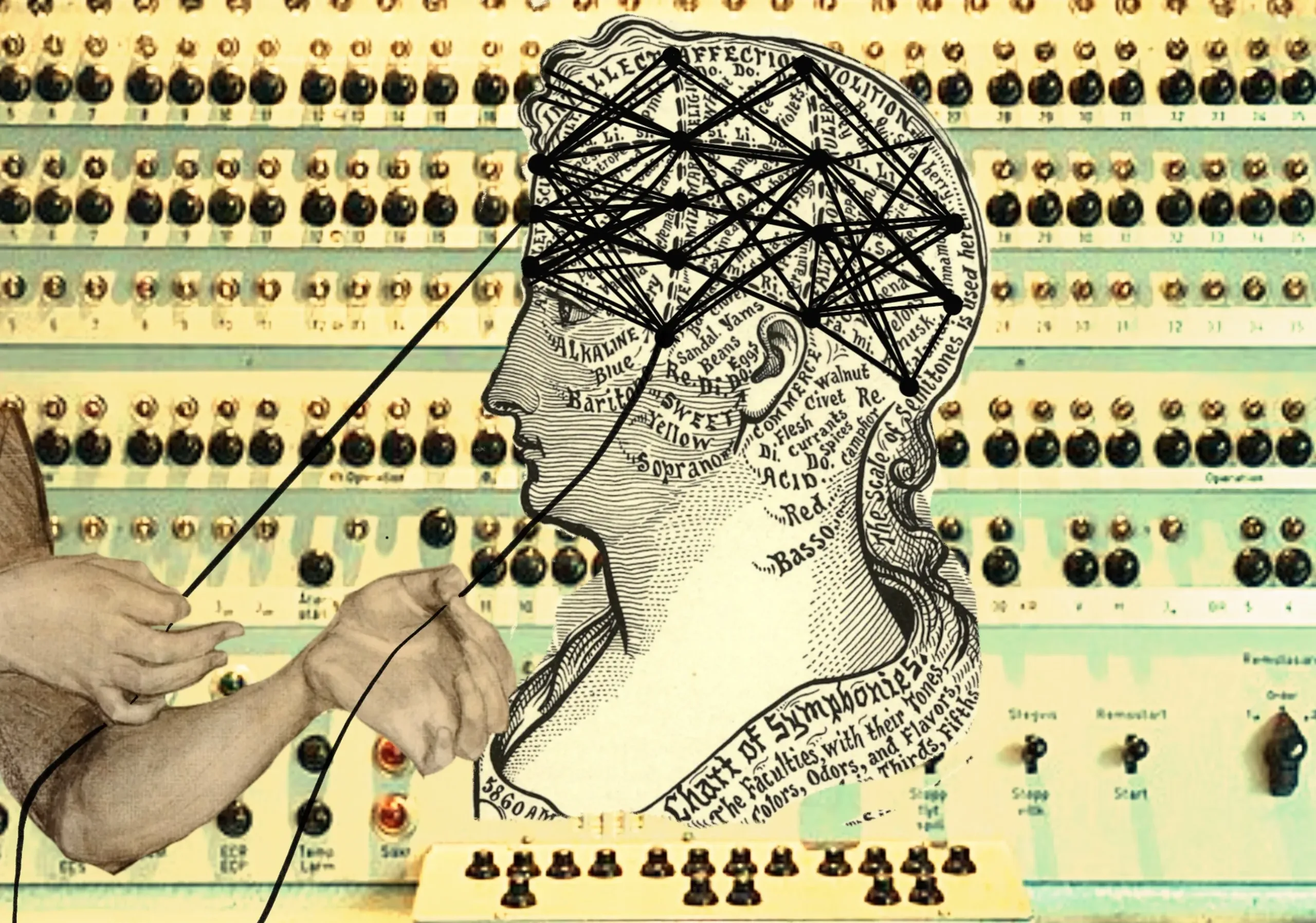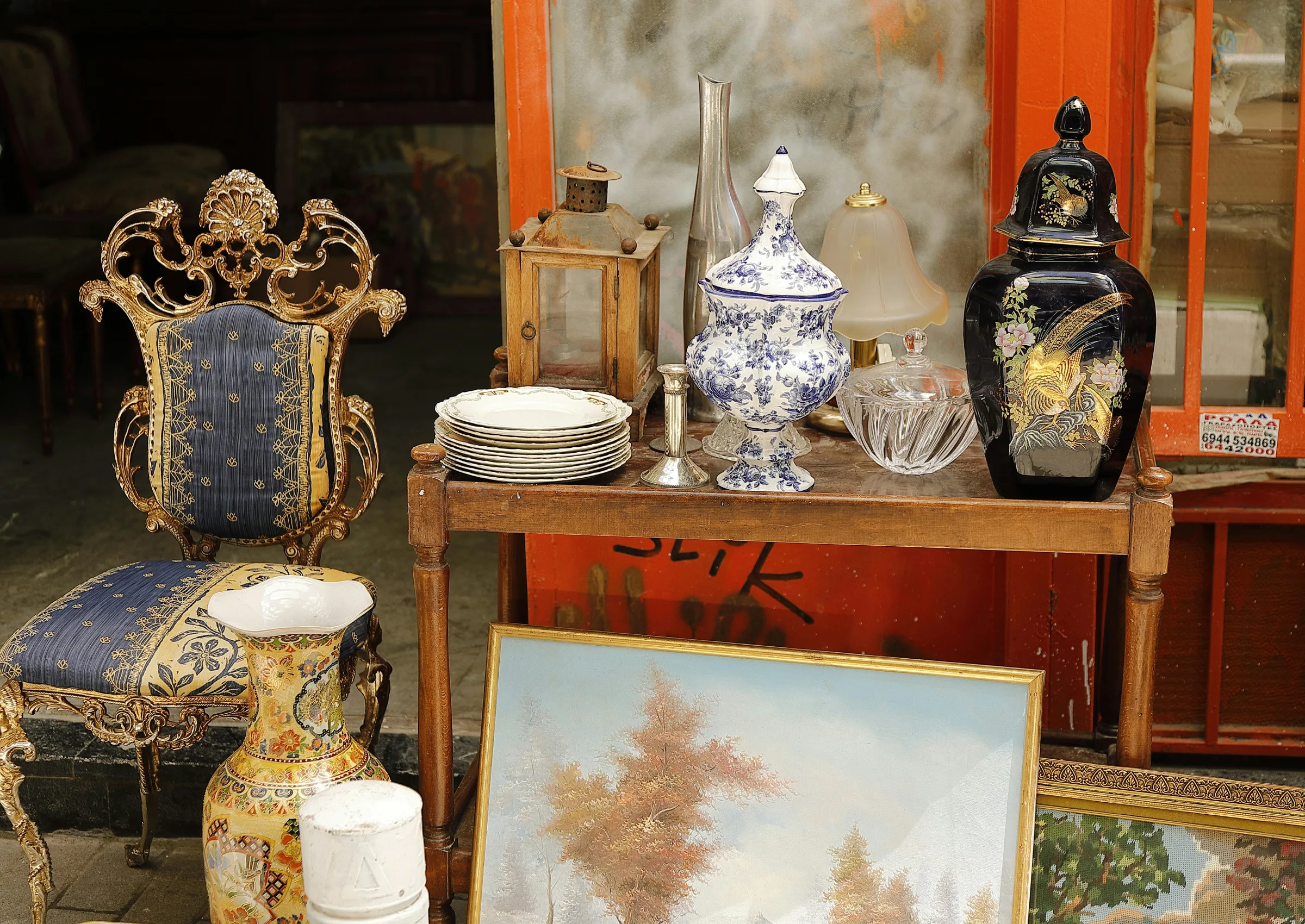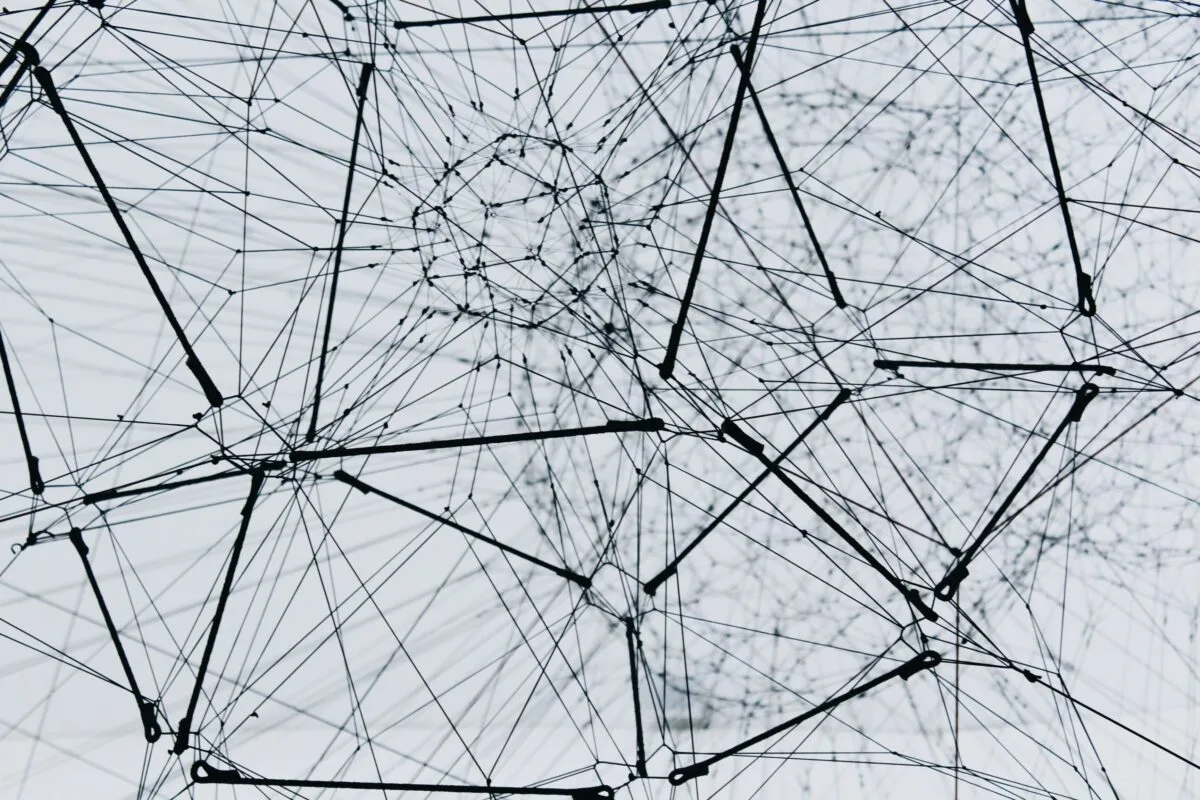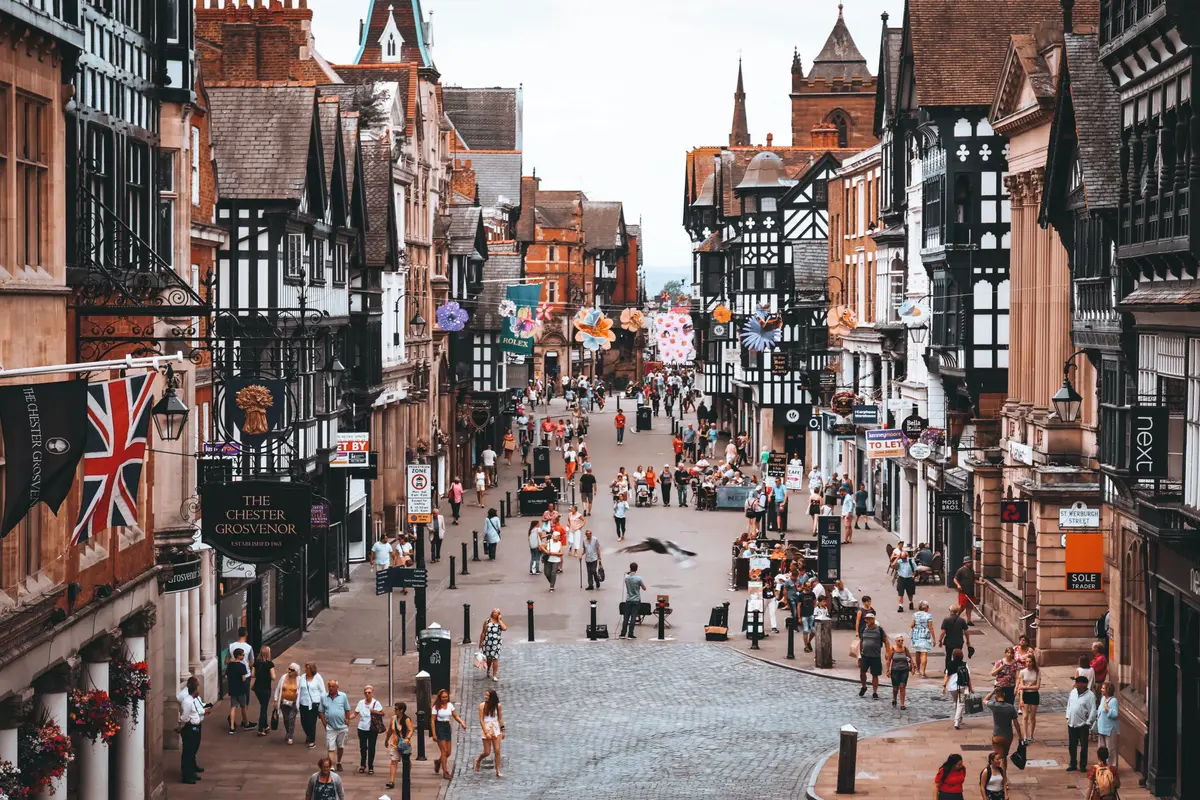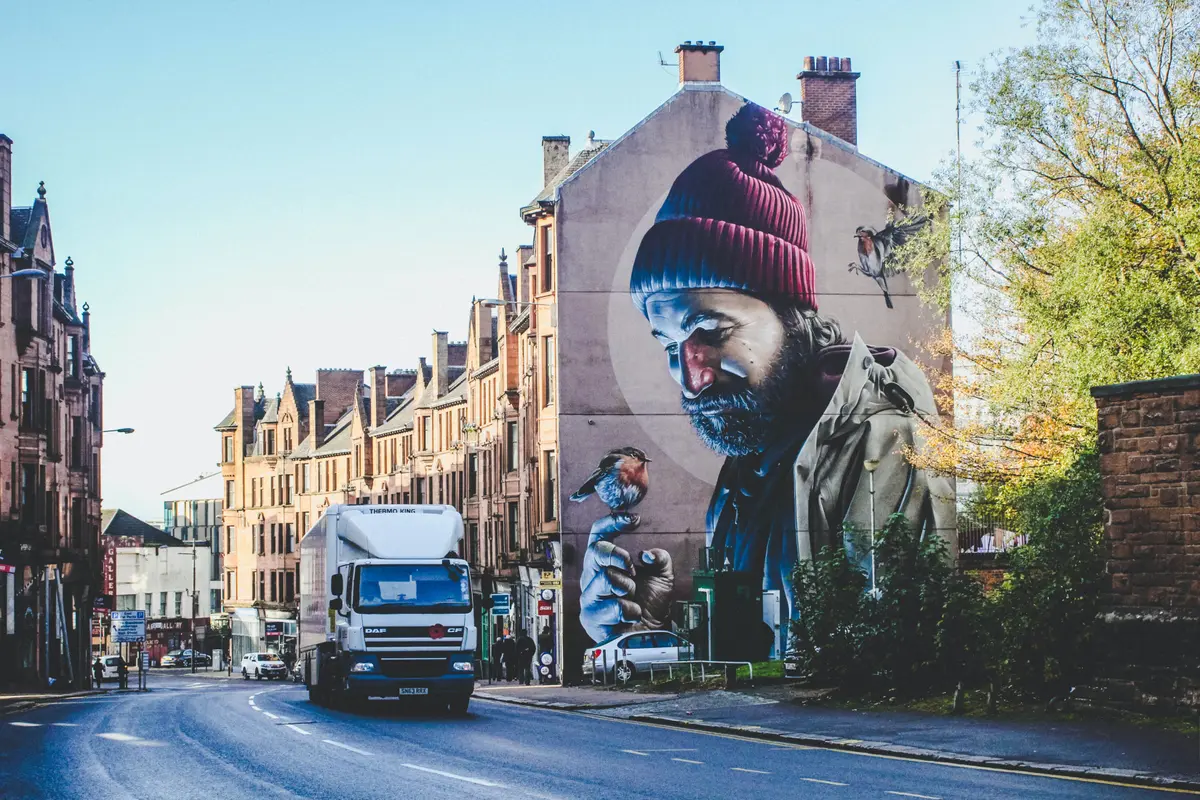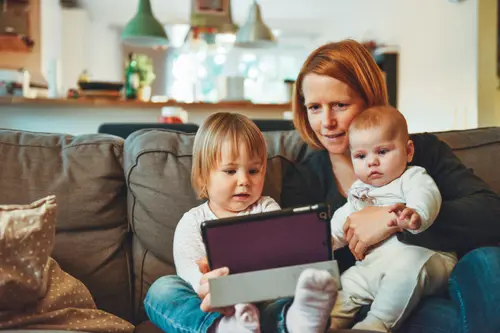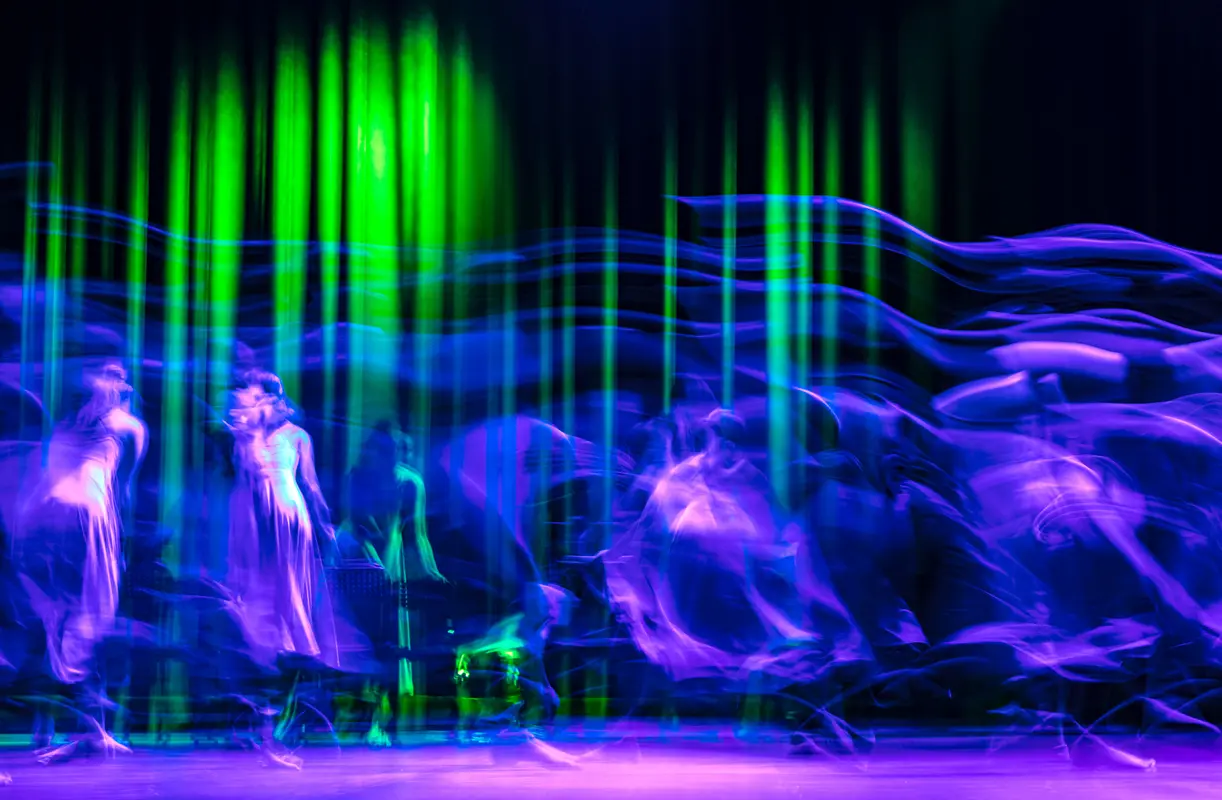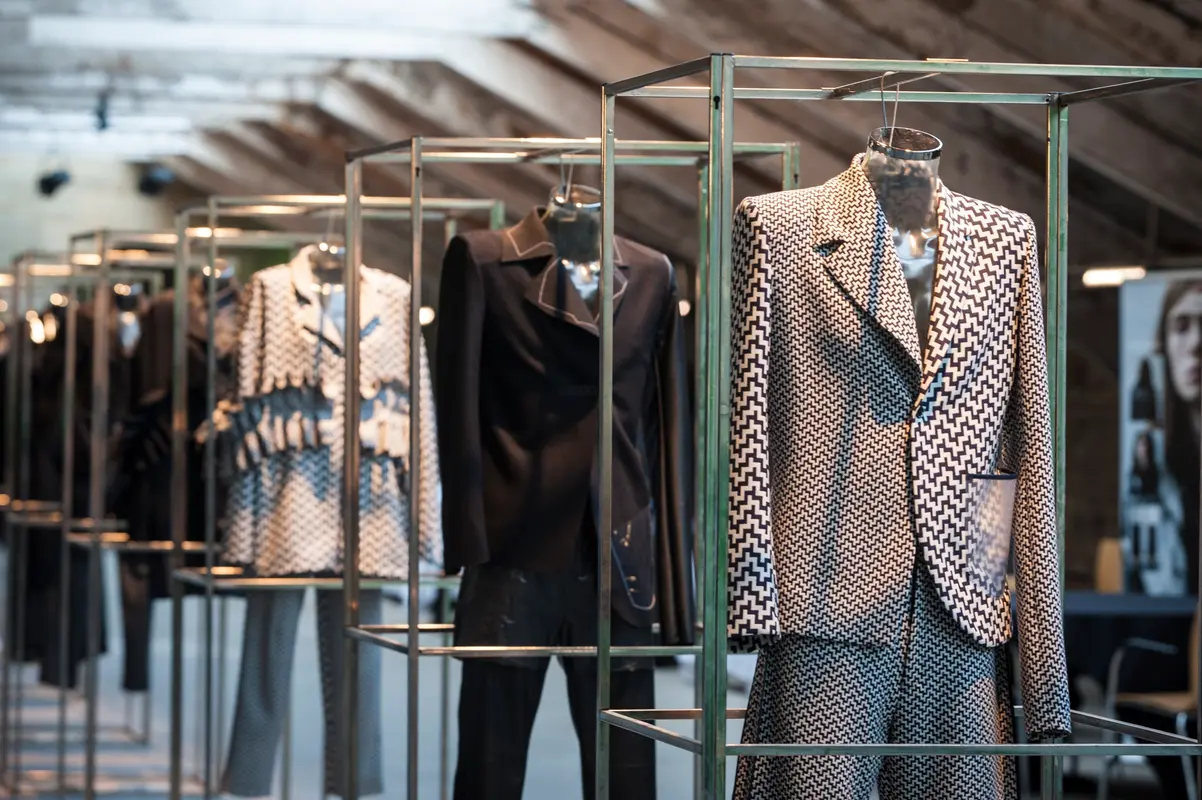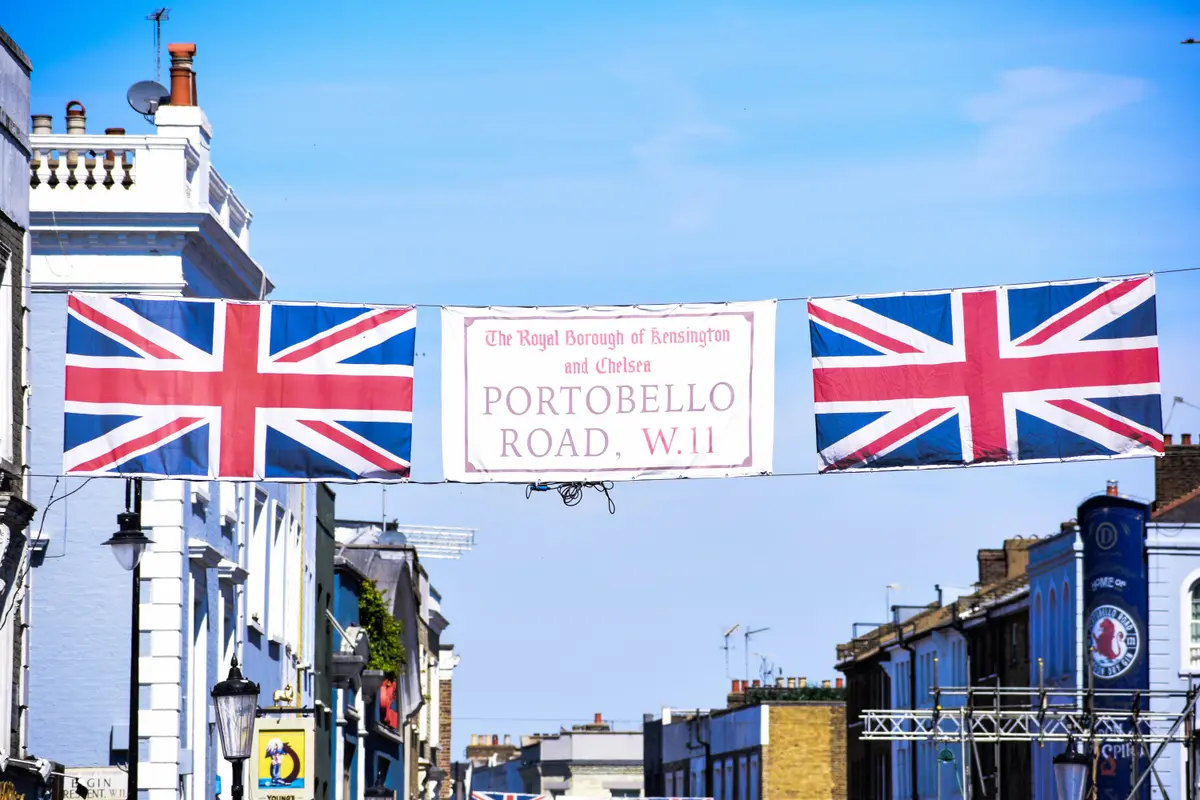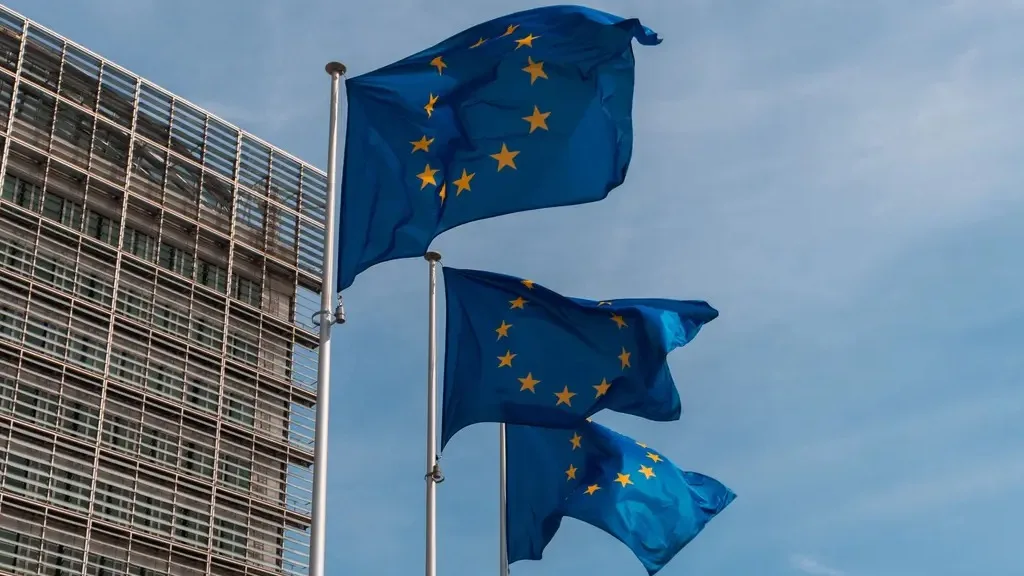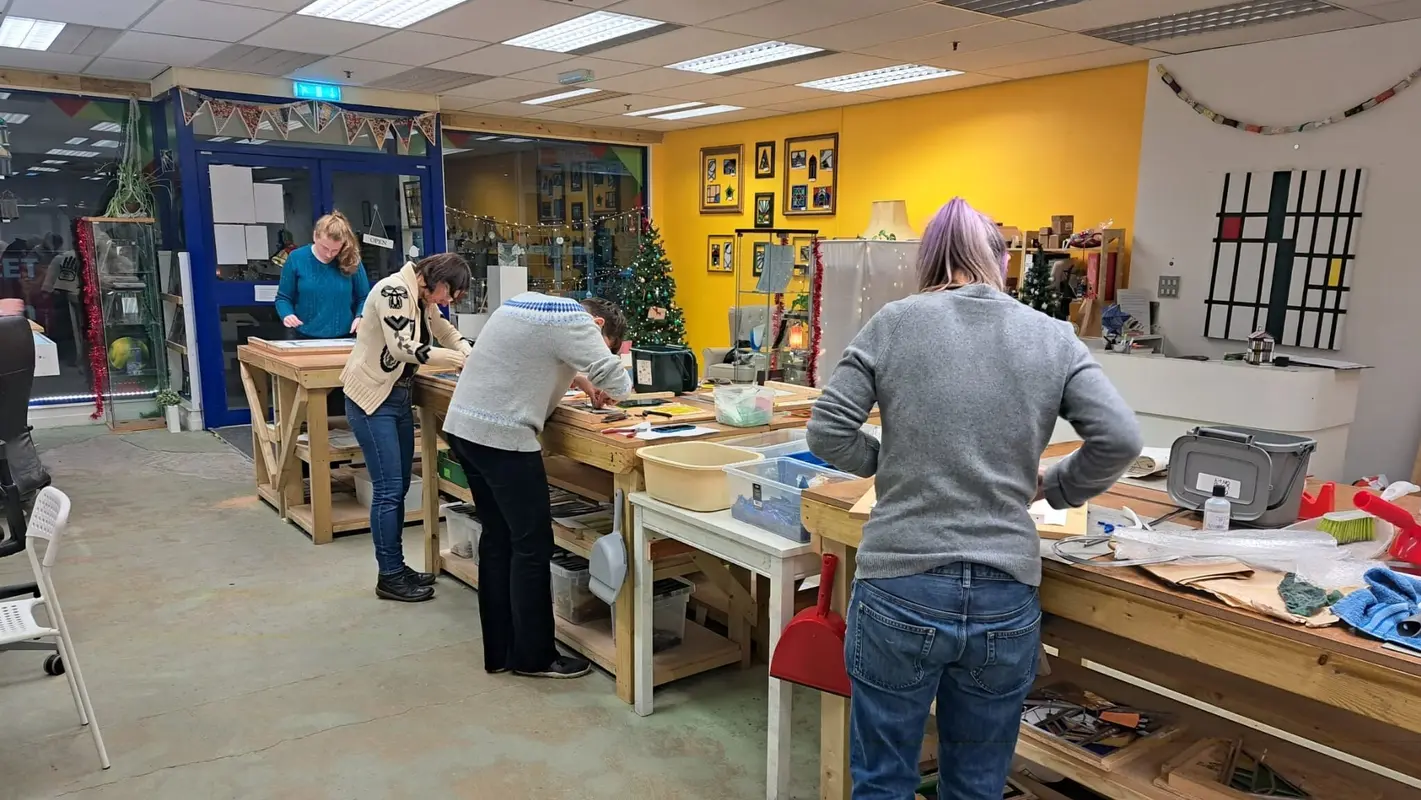As the UK went into full lockdown in March 2020, museums and galleries were faced with the prospect of having no visitors and limited audiences for the foreseeable future.
As a result, many institutions turned to digital as a way of staying connected to their audiences. They began to experiment with new ways of opening up their collections through online platforms. For some organisations, this meant accelerating the digital strategies that they already had in place. For others, they needed to quickly learn how to innovate in order to retain and build audiences through digital systems.
This research looks at how museums and galleries experienced this ‘pivot to digital’. It examines some of the lessons learnt by these organisations, and sets out some best practice principles for the sector going forward.
There are some fascinating insights that shed light on a sector that has struggled in the face of lockdowns and restrictions on physical visitor numbers. Communications officers who were responsible for producing digital outputs suddenly had a hugely increased workload and more responsibility. Some people reported that this pivot forced their organisation to change for the better, transforming how they engage with audiences and plan for the future. Others felt that they were put under pressure to create products and deliver online services that weren’t feasible or necessarily what they felt audiences actually wanted.
The research is based on a series of interviews held with the people working for museums and galleries who are responsible for producing digital content during the pandemic. Among other questions, the researchers wanted to find out how the pandemic has changed people’s approaches to digital engagement, whether they were engaging with audiences in new ways, and whether attitudes about the value of digital platforms had changed.
Credit for hero and thumbnail images to Mo on Unsplash
Related Discussion Papers
Demand for Creativity and AI Skills in the Post-ChatGPT Labour Market
This study examines the evolving relationship between employer demand for creativity and AI skills i…
Regional Trade Agreements, Cultural Provisions and Trade in Cultural Goods
Analysing the impact of Regional Trade Agreements on the bilateral trade of cultural goods from 1999…
International Trade Challenges and the Effectiveness of Support Measures for the UK’s Creative Industries
The formidable challenges confronting the UK’s creative industries in the realm of exports, st…
Northern England’s Creative Industries
The Creative Industries are already a driver of growth across the UK economy. Export-intensive and m…
Creative Destruction? Creative firms, workers and residential gentrification
A new study by Tasos Kitsos, Max Nathan, and Diana Gutierrez-Posada finds only a minor influence of …
Speaking with One Voice
A fundamental remit of the BBC, and other public service broadcasters (PSBs) like ITV and Channel 4,…
Transitioning to Sustainable Production across the UK Theatre Sector
This discussion paper examines transitional pathways to sustainable theatre production in the UK. By…
Identifying and analysing UK fashion micro-clusters
The UK’s Fashion and Textiles industry contributed almost £20 billion to the UK economy in 202…
Net Zero as a catalyst in fashion micro and small enterprises
This report identifies examples of work taking place across three levels of change – social, e…
The Motives of Inbound Foreign Direct Investors in the UK Creative Industries
The UK’s creative industries have a global reach. British arts, technology, and design are internati…
Brexit uncertainty and international trade in services: Evidence from the UK creative industries 2014-2019
This discussion paper is based on one of the first studies to look at the impact of Brexit on the Cr…
Working Together – Cooperatives as a creative industry business model
This authors looks at how creative workers and students typically understand cooperatives, explore t…

